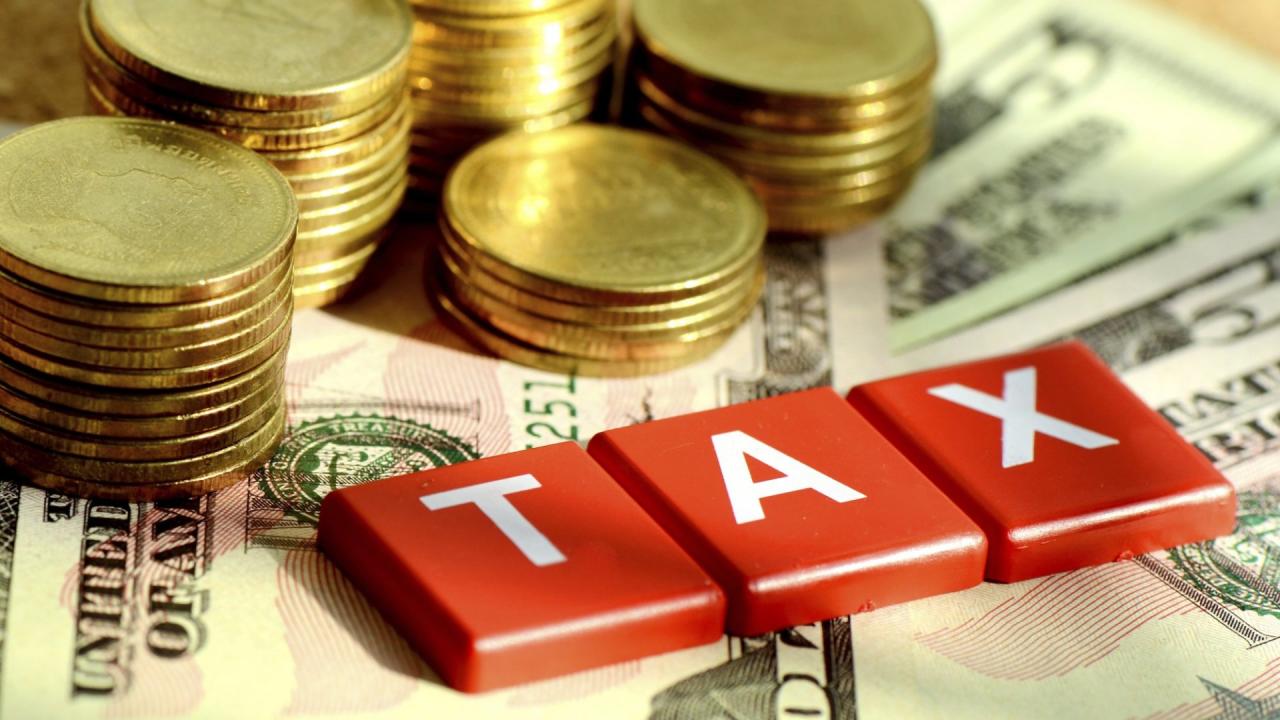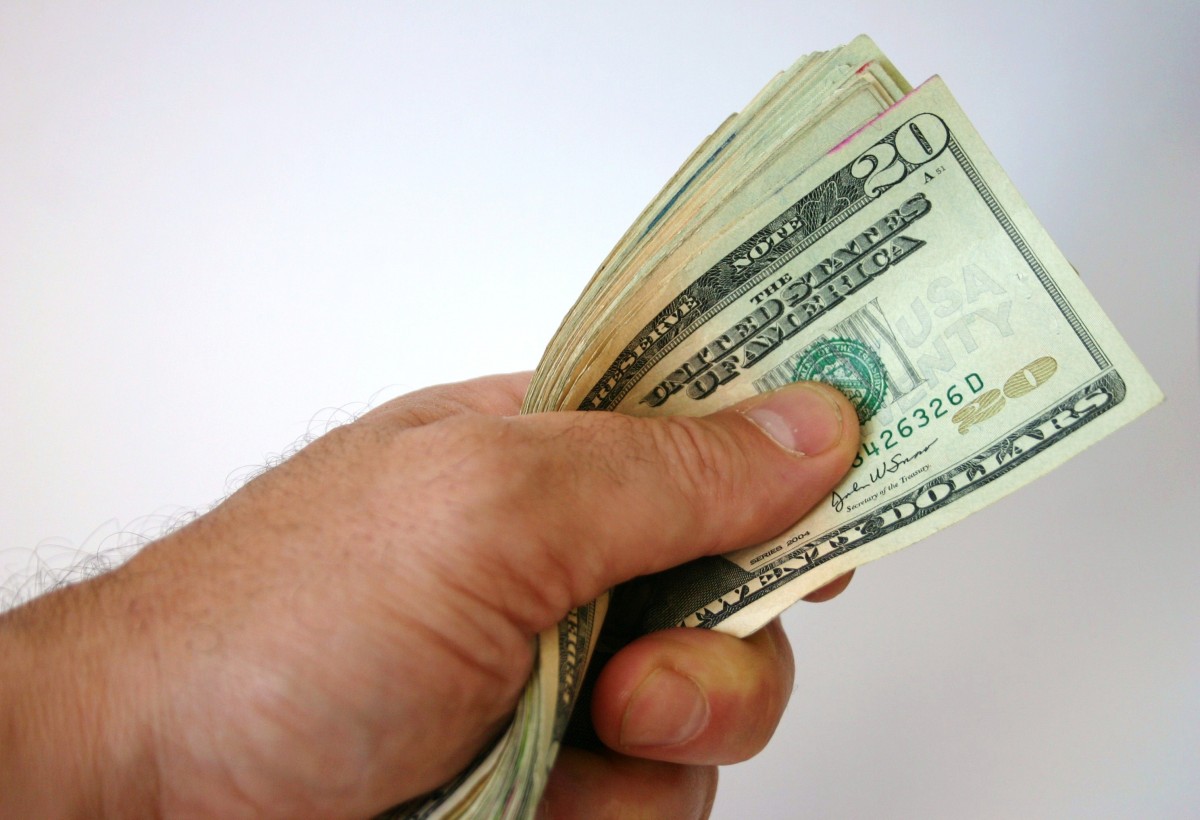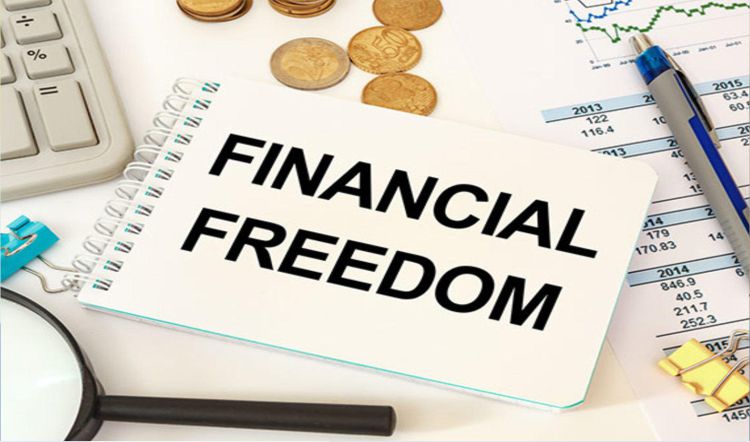The Invisible Threat to Your Future
You diligently save your hard-earned money, perhaps setting it aside in a traditional bank account or a low-risk fund, believing it’s secure. You check your balance and see the number growing steadily.
Yet, lurking beneath the surface of this apparent growth is a pervasive, silent enemy known as inflation.
It’s not a tax levied by the government, but its effect on your net worth is precisely the same: a steady, insidious reduction in your purchasing power.
This phenomenon is, in essence, Inflation’s Hidden Tax on Savings.
The concept is simple yet profound: if the cost of living (the prices of goods and services) rises by 3% per year, and your savings account only yields a 1% interest rate, you are effectively losing 2% of your wealth annually.
The number on your bank statement may look the same or slightly higher, but the value of that money—what it can actually buy—is diminishing.
This article will dissect this hidden financial levy, explore the mechanisms that drive it, and, most importantly, provide a comprehensive roadmap for protecting your capital and ensuring your financial future remains robust against this invisible threat.
A passive approach to saving in today’s economic climate is, unfortunately, a guaranteed path to financial erosion. We must shift our focus from mere nominal growth to achieving real returns.
Dissecting the Mechanics of the Hidden Tax
To truly combat inflation, one must first understand its core operation. This “tax” works by driving up the general price level of goods and services.
Central banks often target a low, stable rate of inflation (around 2%) as a sign of a healthy, growing economy. However, when inflation surpasses the return on safe assets, the hidden tax begins to apply in full force.
A. The Vicious Cycle of Low Yields and High Prices
The standard safe havens for money—savings accounts and government bonds—are often the hardest hit. Their interest rates are typically slow to react to spiking inflation, creating a significant and persistent gap.
- Low Interest Rates: For much of the modern era, central bank policies have maintained low benchmark rates to stimulate economic activity. While good for borrowing, this suppresses the returns offered by commercial banks on deposits.
- Eroding Real Returns: The “real return” on your savings is calculated by subtracting the inflation rate from your nominal interest rate. A negative real return means your money is losing value in real terms, irrespective of the stated interest rate.
- The Time Value of Money: Inflation dramatically accelerates the decay of money’s value over time. $10,000 kept under a mattress today might only have the purchasing power of $8,000 in ten years, even if the number 10,000 hasn’t changed.
B. Who Bears the Brunt of This Hidden Tax?
This tax is disproportionately borne by specific groups, exacerbating financial inequality.
- Retirees and Fixed Income Earners: Individuals relying on fixed pensions, annuities, or Social Security checks find their purchasing power evaporating rapidly, often without the ability to earn more to compensate.
- Conservative Savers: Those who are risk-averse, preferring the perceived safety of cash deposits over volatile investments, unintentionally punish themselves by accepting negative real returns.
- Young Adults and First-Time Buyers: As the value of their saved down payment shrinks relative to rapidly appreciating asset prices (like homes), the goal of homeownership becomes perpetually distant.
The Strategic Battle: A Roadmap for Achieving Real Returns
Combating the hidden tax of inflation requires a proactive pivot from saving to investing. The goal is to generate returns that consistently outpace the inflation rate. This shift in mindset and strategy is non-negotiable for long-term financial security.
A. Reassessing Your Risk Tolerance and Asset Allocation
The outdated 60/40 (Stocks/Bonds) portfolio model has been heavily scrutinized in an era where both stocks and bonds can face concurrent inflationary pressures. A dynamic approach is necessary.
- Equities (Stocks): Historically, businesses can raise prices to offset their own rising costs, protecting their profitability and the value of their shares. Investing in companies with strong pricing power (companies whose products people will buy regardless of cost) is a key inflation hedge.
- Real Assets: These include assets that physically exist and whose value tends to rise with inflation.
- A. Real Estate: Property values and rental income typically increase with inflation. Investment can be direct (buying a home or rental property) or indirect (Real Estate Investment Trusts or REITs).
- B. Commodities: Raw materials like gold, oil, industrial metals, and agricultural products are primary components of inflation and often perform well during inflationary cycles.
- Inflation-Protected Securities: Government-issued bonds specifically designed to adjust their principal value in line with changes in the Consumer Price Index (CPI), ensuring your investment keeps pace with inflation.
B. The Power of Alternative and Emerging Finance
Beyond traditional markets, several contemporary finance trends offer promising avenues to combat high inflation and achieve high returns.
- Cryptocurrencies and Digital Assets: While highly volatile, some digital assets (like Bitcoin) are viewed by proponents as a hedge against fiat currency devaluation, similar to “digital gold,” due to their decentralized and finite supply. This is a high-risk, high-reward strategy.
- Fractional Ownership: Inflation makes large, real assets expensive. Platforms allowing fractional ownership of art, luxury watches, or private equity lower the barrier to entry for diversification into high-performing, inflation-resistant asset classes.
- Venture Capital and Private Credit: Accessing early-stage, high-growth companies (venture capital) or non-bank lending (private credit) can offer superior returns that far exceed market averages, thus creating a significant buffer against inflation.
Advanced Tactics: Leveraging Debt and Enhancing Income
The battle against inflation isn’t just about what you buy; it’s also about how you manage what you owe and how efficiently you use your human capital.
A. Strategic Debt Management in an Inflationary Environment
Inflation is generally bad for savers but can be a hidden benefit for borrowers, provided the debt is strategically managed.
- Fixed-Rate Mortgage Advantage: If you hold a long-term, fixed-rate mortgage, the real value of your future debt payments decreases as inflation rises. The future dollars you use to pay the loan are worth less than the dollars you borrowed. This principle can be a powerful wealth builder.
- Avoiding Variable-Rate Debt: Conversely, variable-rate debts (like credit cards or adjustable-rate mortgages) must be avoided or minimized, as their rates will quickly rise in response to central bank efforts to control inflation.
- Prioritizing High-Interest Debt: Always focus your additional payments on consumer debt (credit cards, personal loans) which carries the highest interest rates. The nominal interest rate on this debt often significantly exceeds the inflation rate, representing the most urgent financial drain.
B. Supercharging Your Human Capital and Income
Your greatest asset is your ability to earn. Inflation mandates a reevaluation of your income streams.
- Skills Arbitrage: Investing in skills that are scarce or in high demand (high-CPC industries like Cybersecurity, AI/Machine Learning, and specialized Legal/Medical fields) will command higher wages that are more likely to keep pace with or exceed inflation.
- Monetizing Side Hustles: Generating a secondary income stream acts as a critical hedge. If the value of your primary income source lags inflation, a diversified income portfolio provides stability.
- Negotiating Compensation: Workers must be proactive in negotiating salaries that account for the rising cost of living. Seeking raises that exceed the official inflation rate is essential to ensure real-wage growth.
Conclusion
Inflation’s Hidden Tax on Savings is not a myth; it is a mathematical certainty that silently undermines passive wealth accumulation.
The good news is that this invisible levy is also the ultimate catalyst for proactive, intelligent financial behavior.
By understanding that cash savings are a depreciating asset in a high-inflation world, you can move decisively into assets that generate real returns—returns that outpace the rising cost of living.
The blueprint for financial victory against inflation involves:
1) shifting capital from low-yield accounts into strategically selected equities and real assets,
2) leveraging fixed-rate debt to your advantage, and
3) aggressively investing in your own income-generating potential.
Don’t be a passive victim of the hidden tax; become an active manager who uses the forces of the economy as a lever for wealth acceleration. Your long-term financial freedom depends on this pivot.














